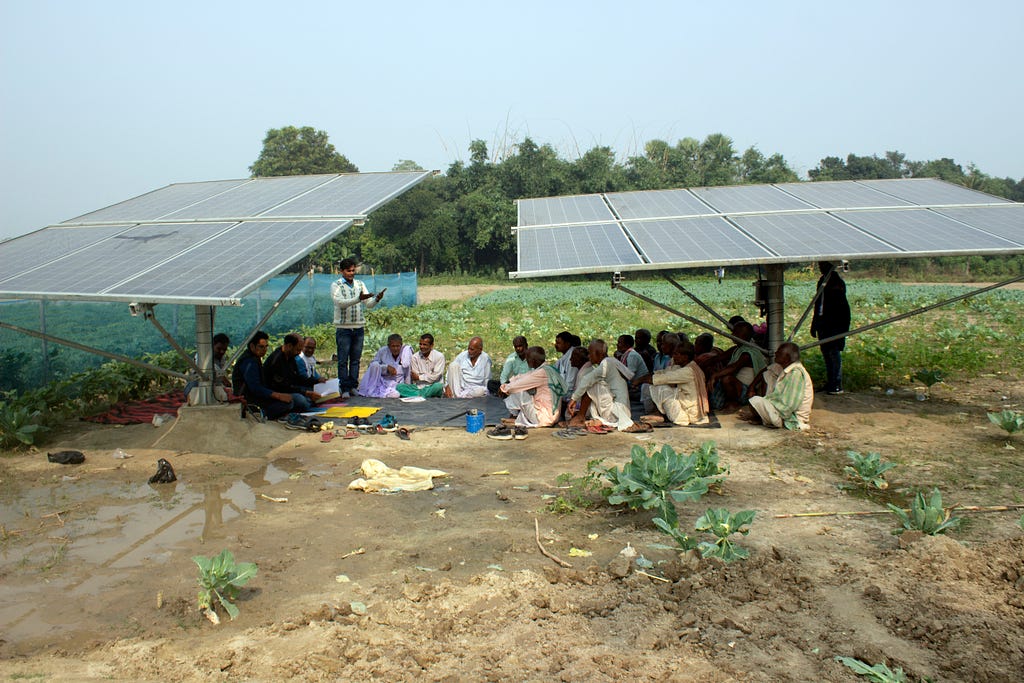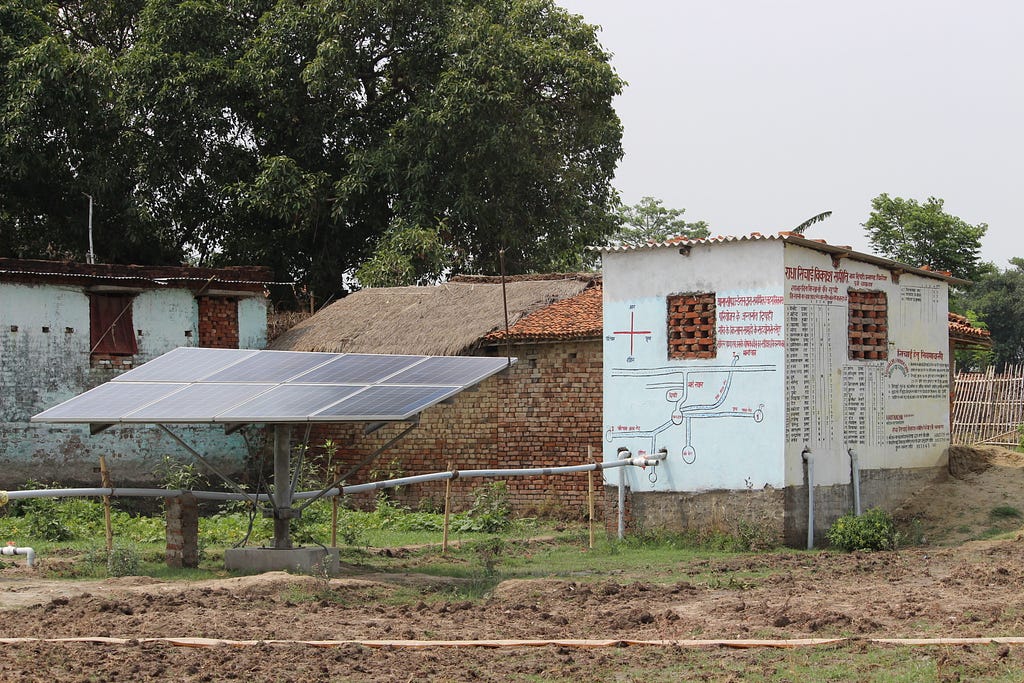Sustainable pathways: Bihar villages showing the way forward
Strap: From renewable energy to water restoration Kaushalya Foundation from last five years has been leading with example in Bihar Patna
“The future of India lies in its villages.” — Mahatma Gandhi
Gandhi’s words that India’s survival depends on the prosperity of its villagers seem even more to the point. Roughly one-tenth of the humanity lives in villages, which makes rural India a focal point for the global concern. Over the years, many organisations are trying accelerate changes among villagers to adapt sustainable pathways while maintaining traditional practices. From renewable energy to water restoration Kaushalya Foundation (KF) with the support of Aga Khan Foundation (AKF) under the project titled ‘India Grain Legume Cluster Development: Policy, Production and Nutrition funded by Bill & Melinda Gates Foundation’ has been leading with example in Bihar.
The northern Bihar is crisscrossed by rivers like the Ghaghra, the Gandak, the Baghmati, the Kamla-Balan, the Kosi and Mahananda, which all meet the holy Ganga on its left.
But erratic rainfall has increased the problems of small and marginal farmers, most of whom are dependent on monsoon rains between June and September to grow rabi crops. Not only natural fuels, diesel irrigation system but declining water levels has been a problem for them as it squeezes more money and adds greater impact on environment.

Therefore, in a bid to help the hapless farmers and make them climate resilient, Kaushalya Foundation (KF) along with Aga Khan Foundation has installed solar systems and restored a pond in East Champaran district of Bihar. The solar pump is now providing reliable irrigation to about 42 acres in the district.
Clean and renewable energy
“If solar irrigation system was not installed, then what would happen to our family is beyond our imagination. By working as an operator has proved to be a boon in these difficult times,” said Ajit Prasad, a farmer from East Champaran district.
KF and AKF formed a farmer group in Sirha village named ‘Shankar Sichai Vikas Samiti’. The farmer group collectively chose an operator, Ajit Prasad, who is responsible for maintaining ledger account, bank account and day-to-day activities. For the same it was decided to pay operator Rs 20 per irrigation as a financial support.
In 2020, Ajit cultivated flowers in 10 Khatta, wheat in 5 Khatta, lentils in 3 Khatta, vegetables in 10 Khatta, and mangoes, jackfruit, litchi in other left areas. Due to heavy rainfall and thunderstorms, his mango and litchis cultivation were damaged. Vegetables and flowers got spoiled in the field itself due to the ongoing lockdown.
Feeding a family of six was hard in these difficult times, but as a solar irrigation system operator, the only source of income, he earned Rs 6,100 in three months, which proved to be a boon for him.
Access to irrigation also provides other farmers with a more reliable income, since one farm can produce several yields of vegetables each year.
Cutting down carbon footprints
According to experts, solar irrigation system can be the main pillar for a new vision of more climate-friendly agricultural development across the world.
KF accelerated the community owned solar irrigation system in East Champaran district of Bihar and reduced around 5,000 kg of CO2 emission in a year.
Diesel pump irrigation needs 48 litres of diesel per acre in one year. And one litre of diesel pumps 2.66 kgs of CO2. Therefore, irrigating 42 acres of land by solar has reduced around 5,362 kgs of CO2 emission in the district.
According to a UN report, Success stories of such interventions all around India has inspired Indian government to launch a programme in which about two million solar pumps will be installed across the country.
More farmers are now turning to solar-powered irrigation, which experts say can help rural communities feed their families and generate income while battling climate crisis.
According to the 2020 United Nations Water and Climate Change Report, solar-based irrigation projects in India have accelerated from about 18,000 in 2014-’15 to nearly 2,00,000 in recent years.
Digging up dream
Seeing the disappearance of water bodies, KF thought of digging pond in Dipahi village of East Champaran district at around one acre of land so that water recharge is simultaneously done while pumping it out. The ponds are central to life in and around of the villages in rural areas and due to industrialisation and urbanisation they are getting vanished.
Realising the necessity to motivate people and make them realise the importance of community-driven response, which works on transparency, participation, local empowerment, the organisation had held an extensive awareness campaign. After understanding the use of water body in the village, villagers came forward and extended their full support to the organisation in digging the sustainable future.

Wow! This could be one particular of the most beneficial blogs We’ve ever arrive across on this subject. Actually Magnificent. I am also an expert in this topic therefore I can understand your effort.
You are a very capable person!
I was very pleased to find this web-site.I wanted to thanks for your time for this wonderful read!! I definitely enjoying every little bit of it and I have you bookmarked to check out new stuff you blog post.
of course like your website but you have to check the spelling on quite a few of your posts. A number of them are rife with spelling issues and I in finding it very troublesome to tell the reality however I will definitely come back again.